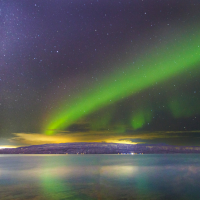Giro 2020 - Stage 19: Morbegno – Asti 253 km *Spoilers*

blazing_saddles
Posts: 22,730
in Pro race
Stage 19: Morbegno – Asti 253 km
Friday, October 23rd, 9:05 BST

The longest stage of this edition comes on the last Friday and it’s pan flat. At 253 kilometres, the riders race from Morbegno to Asti without any substantial elevation gain. Basically it's only function is to link two massive mountain stages and to offer a carrot to the weary sprinters remaining in the race.
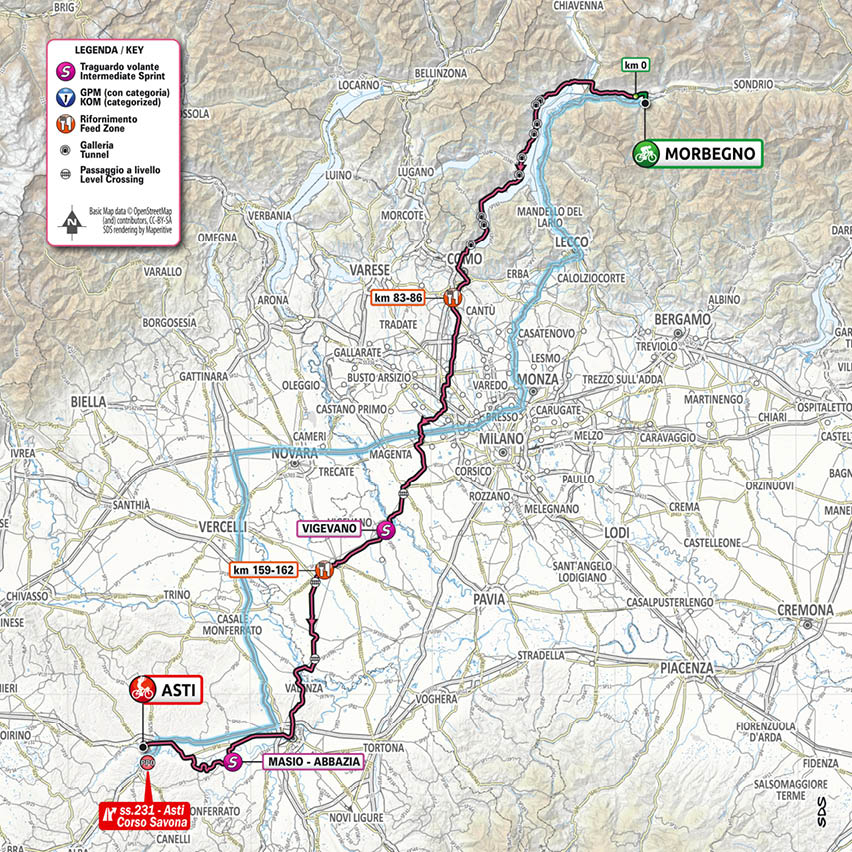
The route runs along the western side of Lake Como and crosses the Po Valley for a fast finishers showdown in Asti. The first intermediate sprint is in Vigevano, at km 145, while the second one is in Masio, at only 26 km from the finish.

The last time that the Giro finished in Asti was in 2003. Unlike this year’s race, that was a very short stage of 117 kilometres. Alessandro Petacchi took the spoils. Asti will see its fifth Giro stage finish in 2020.
Even the run in looks to be one of little technical difficulty.


Morbegno
Morbegno is a little town in the low Valtellina Valley in Italy, on the left side of the Adda river. It is part of the province of Sondrio of Lombardy. In 2007, it started a project to become a leader in sustainability.
The city was awarded the title Alpine City of the year 2019. The cycle-pedestrian path of the “Via dei Terrazzamenti” starts from Morbegno and the territory is crossed by the cycle-tourism itinerary called “Sentiero Valtellina”.


Asti
Asti, the capital in the center of Piedmont and the province of the same name, is a lively and charming city rich in history and with a glorious medieval past still visible today in the fortified houses and in the severed towers that overwhelm the baroque of its churches and the majesty of its eighteenth-century buildings.Surrounded by the hills of Langhe, Roero and Monferrato and crossed by the Tanaro river, it is famous for its DOC and DOCG wines exported all over the world.
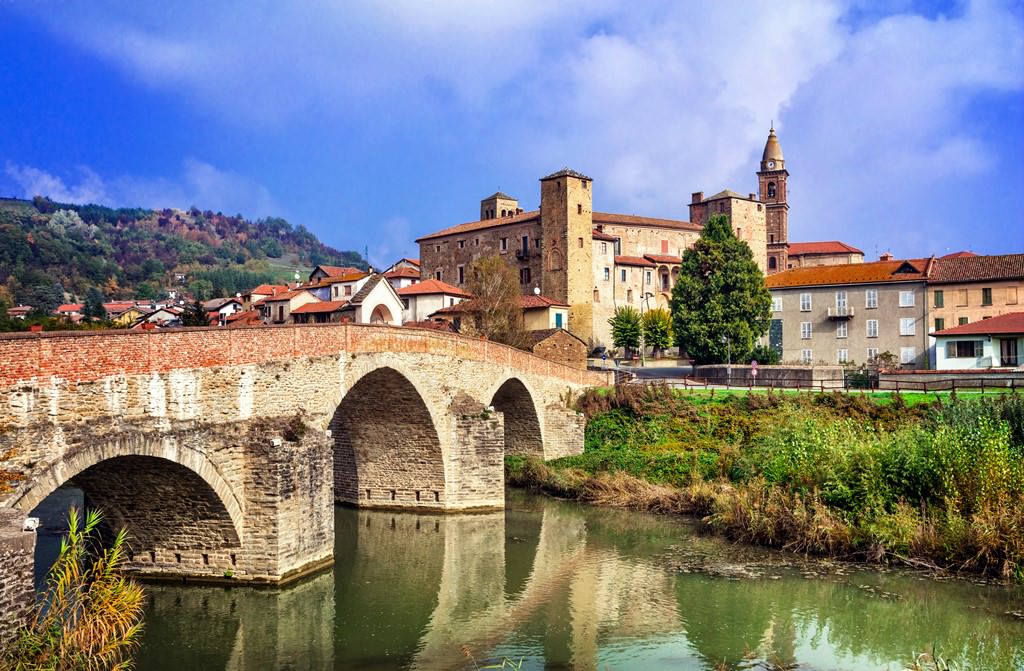
Food
Typical dishesAutumn and winter are the “main” seasons of the Asti and Piedmontese cuisine.• Raw beef with truffle (trìfula), veal with tuna sauce,

veal tongue in green sauce (bagnet verd), “electric” tomini (cheese with chilli pepper), rabbit tuna, are just a few of the typical Asti appetizers.• Donkey Agnolotti, hare agnolotti; egg tagliatelle (tajarin) with roast sauce, peppers in bagna cauda,

truffle or porcini mushrooms, for the first courses.• Boiled fatty beef with “tanning” polenta (seasoned with stringy cheese).
Drink
Asti and its hills are famous all over the world for sweet wines: the main grape variety is Moscato Bianco or Moscato di Canelli, from which a sparkling wine, a passito and a “quiet” (or still) quality are obtained. From this comes Asti spumante, an important DOCG wine at the end of the meal.
As for red wines, Barbera is certainly the most widespread production in the area. Other important reds are Dolcetto, Grignolino, Freisa and Ruché. Asti is part of the “cities of wine”.
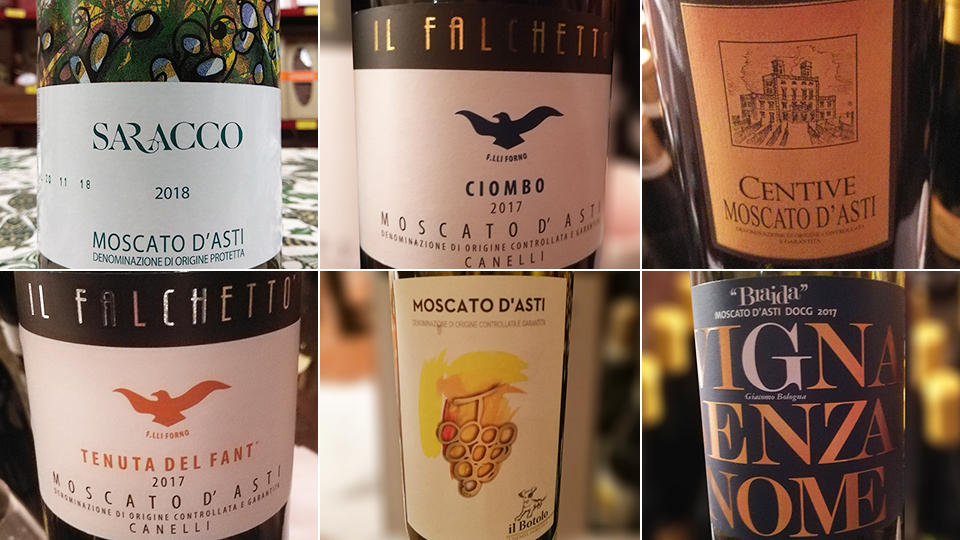
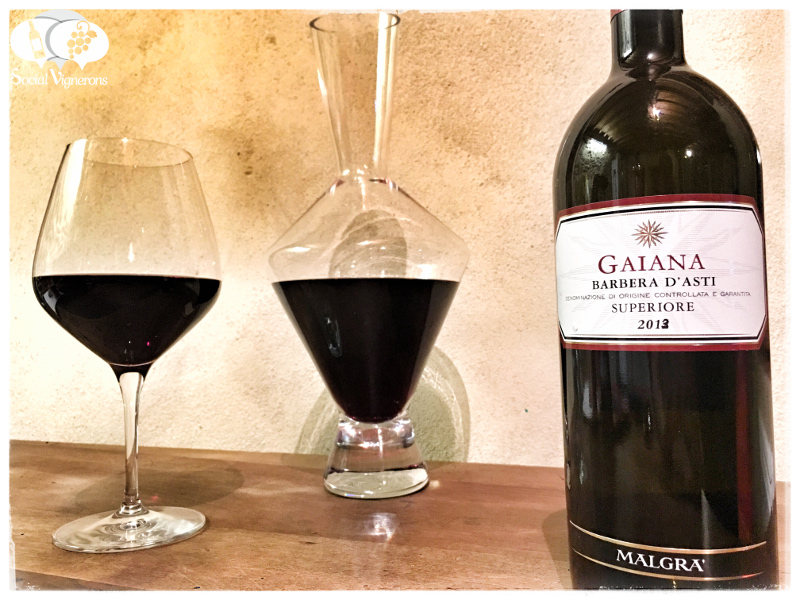
Friday, October 23rd, 9:05 BST

The longest stage of this edition comes on the last Friday and it’s pan flat. At 253 kilometres, the riders race from Morbegno to Asti without any substantial elevation gain. Basically it's only function is to link two massive mountain stages and to offer a carrot to the weary sprinters remaining in the race.

The route runs along the western side of Lake Como and crosses the Po Valley for a fast finishers showdown in Asti. The first intermediate sprint is in Vigevano, at km 145, while the second one is in Masio, at only 26 km from the finish.

The last time that the Giro finished in Asti was in 2003. Unlike this year’s race, that was a very short stage of 117 kilometres. Alessandro Petacchi took the spoils. Asti will see its fifth Giro stage finish in 2020.
Even the run in looks to be one of little technical difficulty.


Morbegno
Morbegno is a little town in the low Valtellina Valley in Italy, on the left side of the Adda river. It is part of the province of Sondrio of Lombardy. In 2007, it started a project to become a leader in sustainability.
The city was awarded the title Alpine City of the year 2019. The cycle-pedestrian path of the “Via dei Terrazzamenti” starts from Morbegno and the territory is crossed by the cycle-tourism itinerary called “Sentiero Valtellina”.


Asti
Asti, the capital in the center of Piedmont and the province of the same name, is a lively and charming city rich in history and with a glorious medieval past still visible today in the fortified houses and in the severed towers that overwhelm the baroque of its churches and the majesty of its eighteenth-century buildings.Surrounded by the hills of Langhe, Roero and Monferrato and crossed by the Tanaro river, it is famous for its DOC and DOCG wines exported all over the world.

Food
Typical dishesAutumn and winter are the “main” seasons of the Asti and Piedmontese cuisine.• Raw beef with truffle (trìfula), veal with tuna sauce,

veal tongue in green sauce (bagnet verd), “electric” tomini (cheese with chilli pepper), rabbit tuna, are just a few of the typical Asti appetizers.• Donkey Agnolotti, hare agnolotti; egg tagliatelle (tajarin) with roast sauce, peppers in bagna cauda,

truffle or porcini mushrooms, for the first courses.• Boiled fatty beef with “tanning” polenta (seasoned with stringy cheese).
Drink
Asti and its hills are famous all over the world for sweet wines: the main grape variety is Moscato Bianco or Moscato di Canelli, from which a sparkling wine, a passito and a “quiet” (or still) quality are obtained. From this comes Asti spumante, an important DOCG wine at the end of the meal.
As for red wines, Barbera is certainly the most widespread production in the area. Other important reds are Dolcetto, Grignolino, Freisa and Ruché. Asti is part of the “cities of wine”.


"Science is a tool for cheaters". An anonymous French PE teacher.
2
Comments
-
Wind is north easterly / easterly which would be perfect but unfortunately only gusting to 14kph.0
-
I wonder who will come second in this?0
-
I assume Demare came through the mountains OK then?0
-
Listening to James Knox on the Cycling Podcast, this will be a tough mental test for the GC guys. Can they keep themselves warm and alert enough to not get caught up in any issues.0
-
Taking a leaf out of the early years of the Tour de France, the riders have apparently chosen to make today's stage easier by catching a bus.
0 -
Confused. Is stage shortened? PCS says race started at km0 258km to go.0
-
The riders decide how to race, not the parcours.orraloon said:Confused. Is stage shortened? PCS says race started at km0 258km to go.
The above may be fact, or fiction, I may be serious, I may be jesting.
I am not sure. You have no chance.Veronese68 wrote:PB is the most sensible person on here.0 -
CN saying they rolled out through km 0 but are stopped now for buses.0
-
They all got ready signed on the Hansen had a meeting with the UCI, and they jumped on the bus. Bernie's twitter documents it well.0
-
14 degrees and wet.0
-
It's a metaphor for the "peloton autobus".orraloon said:CN saying they rolled out through km 0 but are stopped now for buses.
Update edit - I apologise. The Giro official site went "dark" so I was assuming.
I should learn not to do that. 😉 Was always going to be a last 20kms stage anyway.The above may be fact, or fiction, I may be serious, I may be jesting.
I am not sure. You have no chance.Veronese68 wrote:PB is the most sensible person on here.0 -
Italian organisational skills to the fore once more.0
-
Wusses.0
-
No, buses xkingstongraham said:Wusses.
2 -
Is there any reason beyond "we're all knackered after yesterday"?1
-
CPA are saying that the distance in the rain would increase the chances of further suppression of the immune system, increasing the likelyhood of COVID infectionkingstongraham said:Is there any reason beyond "we're all knackered after yesterday"?
0 -
Last minute, who knows what's going on, etcMatti66 said:
Why is this the organisers fault , looks like the riders rebelling a bit. Not that they are wrong . It is an odd season and getting late in the year.orraloon said:Italian organisational skills to the fore once more.
Looks like an ok decision .
Lack of foresight, communication, consultation etc.
(I may be prejudiced, having worked 'with' colleagues from northern and southern Europe in a past life. Guess which I rate as better managers.)0 -
250km is a monster GT stage at the best of times; in late October, in grim weather, in the third week, the day after the Queen stage is not the best of times0
-
orraloon said:
Last minute, who knows what's going on, etcMatti66 said:
Why is this the organisers fault , looks like the riders rebelling a bit. Not that they are wrong . It is an odd season and getting late in the year.orraloon said:Italian organisational skills to the fore once more.
Looks like an ok decision .
Lack of foresight, communication, consultation etc.
(I may be prejudiced, having worked 'with' colleagues from northern and southern Europe in a past life. Guess which I rate as better managers.)
fair enough and no argument from me as I have no experiences of this. It just seems like the Giro organisation gets bullied more than say ASO might do.1 -
lightweight I remember when we had the paris moscow paris"If I was a 38 year old man, I definitely wouldn't be riding a bright yellow bike with Hello Kitty disc wheels, put it that way. What we're witnessing here is the world's most high profile mid-life crisis" Afx237vi Mon Jul 20, 2009 2:43 pm0
-
yesterday was a bit mega"If I was a 38 year old man, I definitely wouldn't be riding a bright yellow bike with Hello Kitty disc wheels, put it that way. What we're witnessing here is the world's most high profile mid-life crisis" Afx237vi Mon Jul 20, 2009 2:43 pm0
-
PCS saying the start of the stage isn't until 2pm (assume Euro time)0
-
-
"If I was a 38 year old man, I definitely wouldn't be riding a bright yellow bike with Hello Kitty disc wheels, put it that way. What we're witnessing here is the world's most high profile mid-life crisis" Afx237vi Mon Jul 20, 2009 2:43 pm0
-
The 250km was potentially important in the GC battle. Really disappointing, I could understand if we were down in low single figures temperature wise. Maybe riders should learn how to put a coat on when it's cold and then the conditions might not affect them so much.1
-
Looks like it.takethehighroad said:PCS saying the start of the stage isn't until 2pm (assume Euro time)
Eurosport have delayed scheduling until half an hour before this time.
3 hours and change stage now isn't it?
Riders taking the Grand out of Grand Tours.
Stamina, fatigue and recovery not what they used to be."Science is a tool for cheaters". An anonymous French PE teacher.0 -
Not surprised - there wasn't another rest day scheduled.davidof said:Ineos and Bora want to ride the full 250km
0 -
-
So this weekend, instead tackling 450kms and 6,000 metres of serious climbing, they ride just 310kms and 3,500 metres of low gradient climbing before Milan.davidof said:133km
Still, if it's what the riders want, why should we complain?
I genuinely think at some point, not too far in the future, all racing will gradually transfer to virtual platforms.
I would never consider watching, but I think younger generations brought up on gaming would happily log in."Science is a tool for cheaters". An anonymous French PE teacher.0
